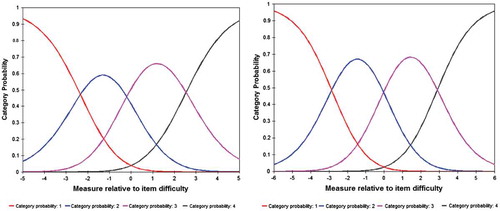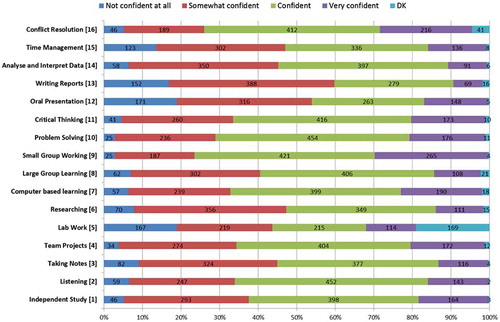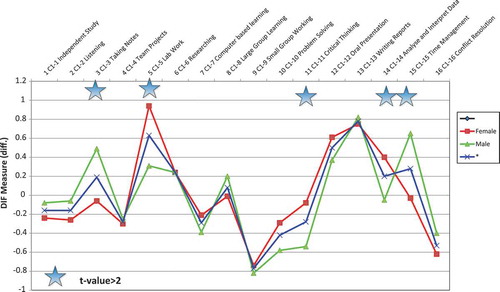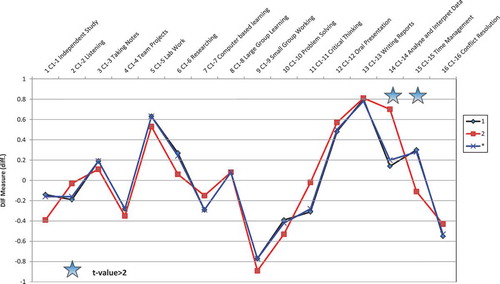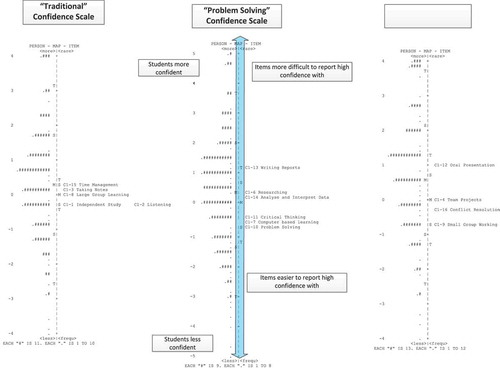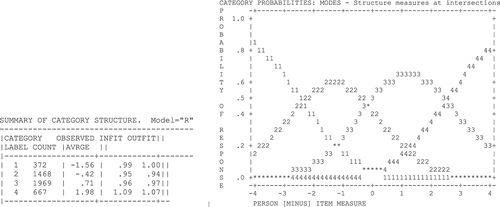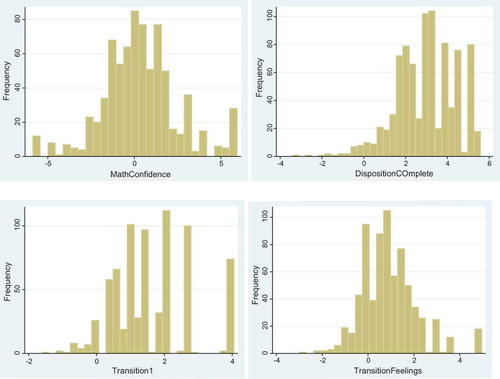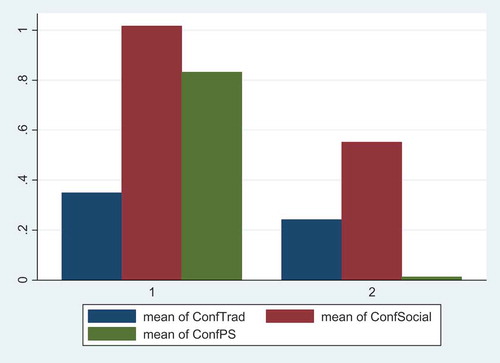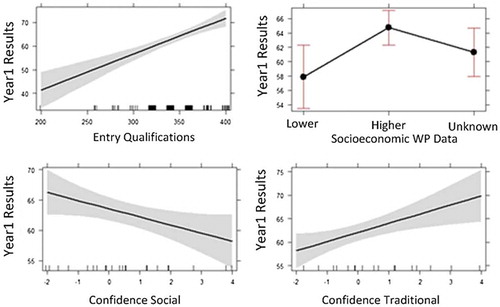Figures & data
Table 1. Sample description, by gender and subject groups.
Table 2. Item measures and fit statistics for a potential construct of confidence in learning at HE.
Table 3. Item measures and fit statistics for the three confidence subscales.
Figure 7. Item characteristic curves (ICC) for ‘Social’ (left) and ‘Problem Solving’ (right) confidence measures.
